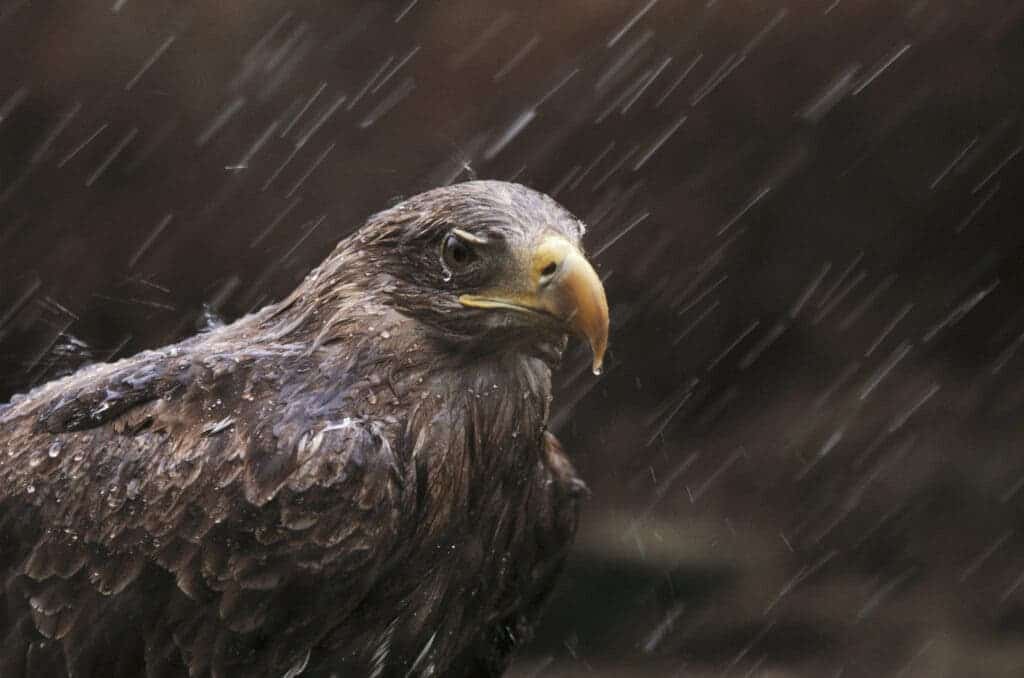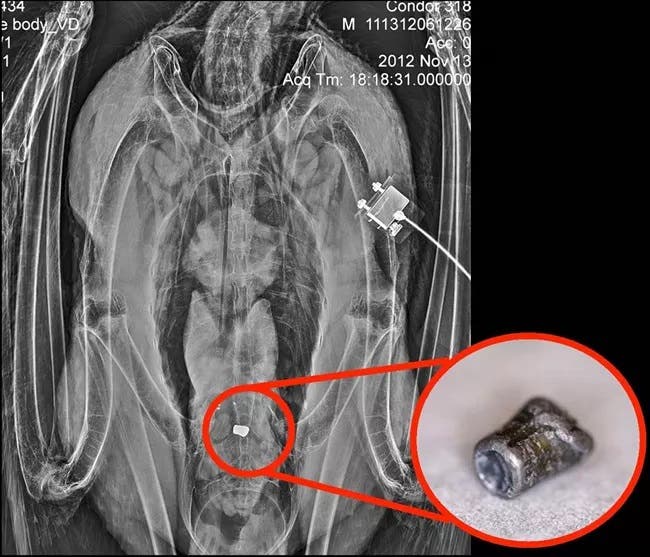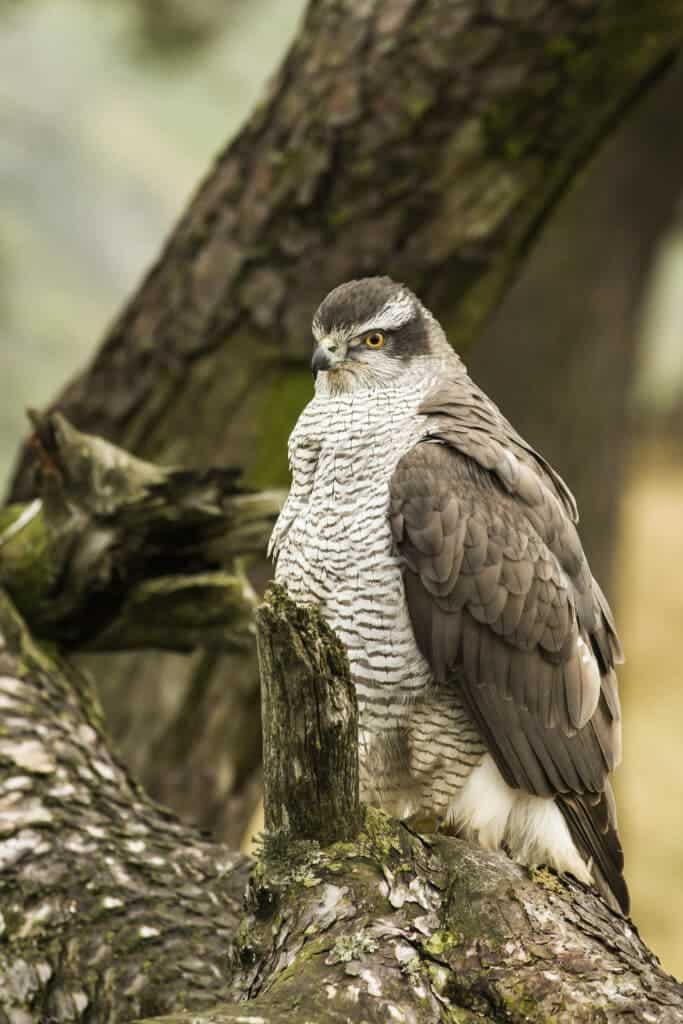Hunters who use lead shotgun cartridges and rifle bullets to take down birds are indirectly killing thousands of other birds of prey, who get poisoned when preying on or scavenging from shot animals. According to a recent estimate by the University of Cambridge in the UK, at least 6% of the overall European population of raptors has been lost solely as a result of poisoning from lead ammunition.

Conservation groups have raised the alarm for some time over the immediate risks posed by lead bullets to wildlife and humans. Lead-core ammunition fragments into hundreds of tiny pieces when an animal is shot, and its meat is then tainted with the toxic metal. When a wounded animal escapes a hunting attempt or an animal shot as a pest is not retrieved from the field, the toxic lead is transferred to whatever predator or scavenger up the food chain encounters it.
For instance, the U.S. National Park Service (NPS) claims that lead poisoning is the biggest threat facing the successful recovery of the California condor. Some condors have been measured with blood lead levels higher than 800 ug/dL (micrograms per deciliter), a value that would potentially kill a human.
Lead poisoning through ingestion of spent lead bullets and shell shot is also dangerous for humans. A recent study conducted at Washington State University found that among 324 randomly selected packages of white-tail deer game meat, 34% contained metal fragments. Some of these packages of ground venison and whole cuts contained as many as 168 individual fragments of lead and copper.

Europe’s raptors are also suffering greatly due to hunting ammunition poisoning. In a new study, researchers at the University of Cambridge and the Leibniz Institute for Zoo and Wildlife Research (Leibniz-IZW) analyzed a dataset on lead levels in the livers of over 3,000 raptors found dead in more than a dozen European countries since the 1970s. Among the ten raptor species included in the study, including white-tailed eagles and red kites, the researchers estimate that lead poisoning has killed around 50,000 adult birds.
“It’s taken decades for researchers from across Europe to amass sufficient data to enable us to calculate the impacts of lead poisoning on raptor populations,” said study co-author Professor Debbie Pain from the University of Cambridge.
“We can now see just how substantial population impacts can be for some of our most charismatic and vulnerable species—species that are protected by EU Regulation and the UK Wildlife & Countryside Act.”
The most vulnerable raptors were found to be eagles, which have a long life span (making it more likely that an individual will eventually encounter spent lead ammunition), rear only a few young per year, and breed later in life. Europe’s white-tailed eagle population is 14% smaller than it would have been without more than a century of exposure to lethal levels of lead in some of its food, the study found.
Golden eagle and griffon vulture populations are 13% and 12% smaller, respectively, than they would otherwise have been were it not for lead poisoning from hunting rounds. Northern goshawk numbers are 6% smaller, and both red kite and western marsh harrier populations are 3% smaller.

All of these estimates are conservative, the researchers added. Data on poisoned data is limited and challenging to gather. For some of Europe’s rarest raptor species, there was simply not enough data to make any risk estimation.
The solution is straightforward: hunters should stop using lead ammunition. There is a range of alternatives to lead shotgun cartridges and lead bullets that hunters can use. But even so, it seems like most hunters are either unaware of the problems caused by their use of lead ammunition or they simply don’t care. That’s judging from another study published just last month, which found nearly 99% of all pheasants shot in the UK contain lead ammunition fragments.
Taken together, the new findings suggest that the right course of action may be to ban lead ammunition altogether. Such a ban is currently in place in Denmark and the Netherlands, and both the UK and the European Union are pondering legal bans on all lead ammunition.
“The avoidable suffering and death of numerous individual raptors from lead poisoning should be sufficient to require the use of non-toxic alternatives. These population-level impacts make this both doubly important and urgent,” said Professor Pain.
The findings appeared in the journal Science of the Total Environment.


